Risks of not opening arms exports
In summary, the risks include:
- underutilised production capacities (according to the Technological Union of Ukraine, domestic manufacturers of drones and electronic warfare equipment could increase output by 63%, but the state is unable to procure these due to budgetary constraints);
- loss of tax revenues and technological capabilities as companies relocate abroad (a trend that is already under way);
- loss of potential budget income from exports;
- loss of an additional financial source for research, development and private investment.
“In fact, our entire defence industry faces a ceiling – and that ceiling is domestic demand. This demand is limited by the state’s financial capacity. Cooperation with foreign governments exists, but it is a temporary arrangement – also a ceiling. From an investor’s perspective, we effectively have one customer. If that customer places no order tomorrow, the business ceases to exist. That is why a major private investor will hesitate, as the risk is considerable,” explains Mykhaylo Hranchak, Managing Director of Dragon Capital’s Investment Banking Department.
Of 50 strategic international investors surveyed, 28 have expressed interest in Ukrainian defence companies, Hranchak reports. Their primary focus lies in drones of all types, electronic warfare systems, optical systems, and transport – particularly the IT element, meaning integrated control and coordination systems rather than stand-alone hardware.

The Technological Forces of Ukraine asserts that production capacities could accommodate an additional $2 billion worth of drones and electronic warfare equipment, but the state lacks the resources to place such large orders.
According to Oleksandr Kamyshin, head of the Ministry of Strategic Industries, Ukrainian companies are capable of producing $20 billion worth of weaponry, while the state can only afford to contract for $6 billion annually.
Meanwhile, the adversary – despite a 70% decline in defence exports – continues to supplement its budget with an estimated $15 billion in export revenue, equivalent to 10% of its overall defence budget, according to Artem Starosek, founder and CEO of the Molfar intelligence agency.
“Ukraine has a defence budget of $50 billion. If we manage to export $5 billion worth, we will be in a significantly stronger position,” Starosek believes.
It is important to note that when discussing partner contributions to Ukraine’s defence sector, the figures are lower. For example, the ZBROYARI initiative attracted more than $1.5 billion in international investment from allied governments last year. In 2024, the Ukrainian Armed Forces received almost €538 million worth of weapons through cooperation under the Danish model.
Risks associated with opening arms exports
Perhaps the most prominent risk concerns whether manufacturers will prioritise foreign markets once exports are permitted – where prices are clearly higher – to the detriment of fulfilling domestic government orders.
According to sources, this risk is acknowledged in the two export models currently under consideration by the Office of the President. These include: (1) individual approval of each export application submitted by a company; and (2) a proportional export scheme – allowing companies to export up to 50% of the volume they supply to Ukrainian contracts, with a portion of export revenues allocated for the procurement of weapons for the Armed Forces.
Another potential risk lies in the possibility – albeit hypothetical – of Ukrainian weapons ending up in Russian hands through re-export. While limiting the countries eligible to receive Ukrainian equipment may help mitigate this, it does not eliminate the risk entirely. Current discussions suggest that sales would be restricted to countries involved in the Ramstein coalition.
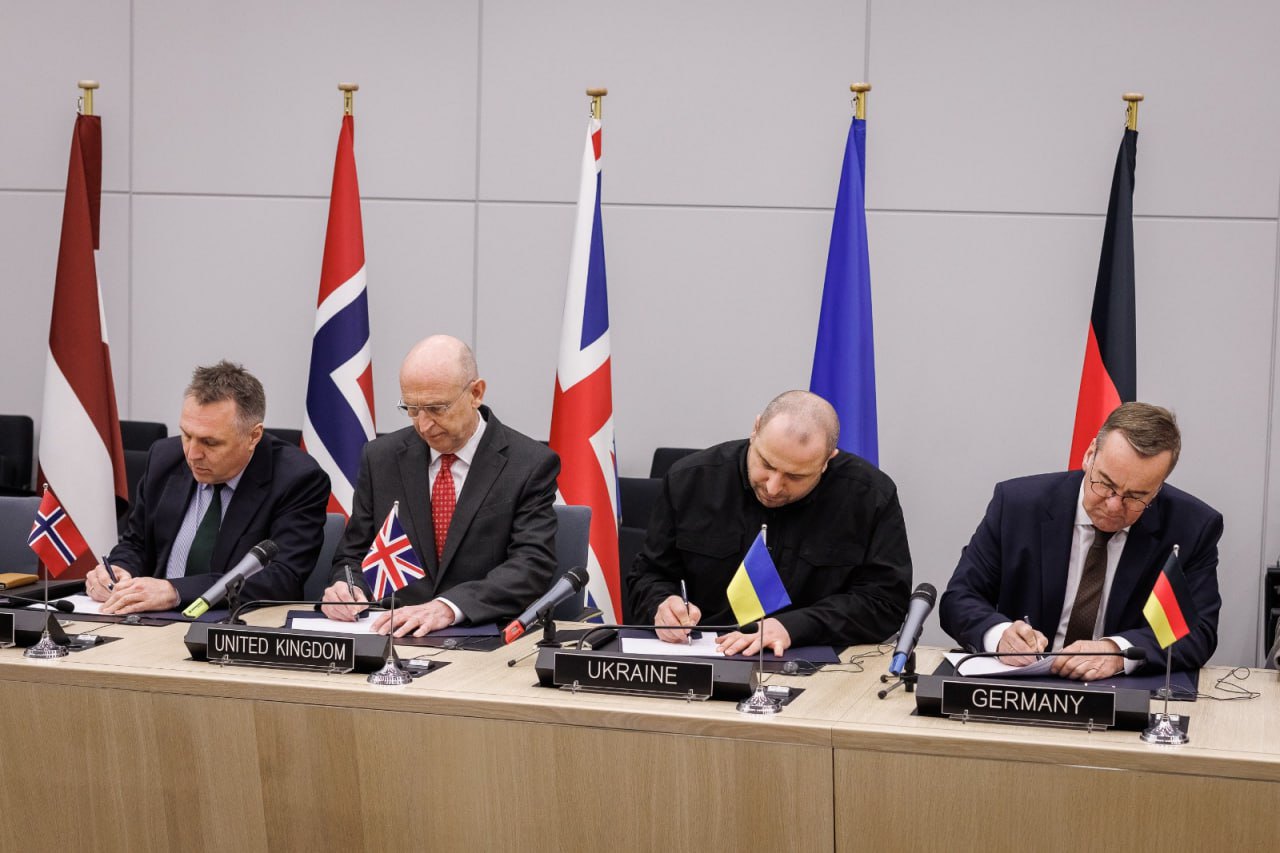
However, Russian entities have been known to successfully disguise themselves as European companies. Artem Starosek of the Molfar agency cites at least two such cases that were exposed during the full-scale invasion.
“The first involved a French company that proposed cooperation. Upon closer inspection, it turned out to be a joint venture with Kazakhstan, and ultimately connected to Russia. The second was a German firm that appeared to be a reputable satellite-launching company. Our investigation revealed it was actually a representative of Roscosmos in Germany,” Starosek recounts.
In his view, the concern should extend beyond the mere presence of Russians in Europe to the broader issues of espionage and cyberattacks.
In such cases, robust countermeasures from Ukraine could contribute not only to its own security but also to that of European states.
A third significant risk is political. Politicians in partner countries are often divided over providing military assistance to Ukraine. Should Ukraine begin exporting its own weapons, Russian propaganda could seize upon this to argue against continued support for the Ukrainian army.
Mariya Berlinska, head of the Aerial Reconnaissance Support Centre and the Victory Drones project, argues that this is primarily a matter of strategic communication, emphasising that defence exports are a key geopolitical tool.
“Ukraine can express gratitude to its partners by signing agreements with specific manufacturers concerning intellectual property and more. It is not solely about money – it is about sustaining long-term strategic partnerships and helping Europe remain alert. We must clearly communicate that we are defending Europe’s security. It is in their interest to supply us with weapons and engage in joint development,” Berlinska explains.

Vadym Yunyk, CEO of FRDM and President of the Technological Forces of Ukraine, believes that Ukrainian manufacturers must begin adapting to collaboration with European partners.
“If we want to break away entirely from Russia, we must forget how to work with them and instead align with European standards. We may not be ready now, but we must begin learning how to create joint ventures and co-develop technologies,” Yunyk states.
Export restrictions, meanwhile, apply not only to complete systems or software but also to spare parts. According to Oleksiy Babenko, founder of Vyriy Drones – which recently unveiled an FPV drone composed entirely of Ukrainian components – his attempt to export standard circuit boards to European countries was unsuccessful. These boards are similar to those readily available on Chinese marketplaces.
“We were denied export permission because the flight controller is considered part of a defence system. Exporting is also about influence. Imagine if Germany starts producing its own drones using Ukrainian components – this would improve the visibility and reputation of Ukrainian firms at exhibitions and facilitate their entry into European markets,” Babenko notes.
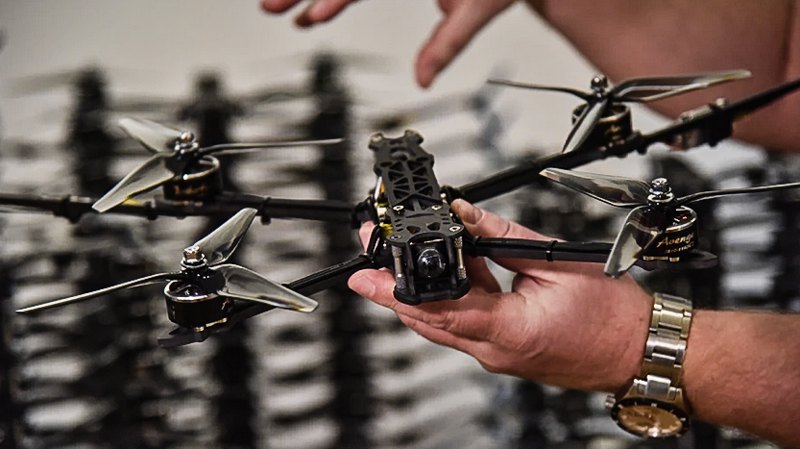
Export options under consideration
The Office of the President and the Ministry of Defence are currently considering three models for enabling defence exports, Forbes and Espreso report, citing sources among manufacturers:
- individual approval of contracts
- proportional exports (a fixed percentage of total production)
- introduction of an export duty
These models are also confirmed by former Deputy Minister of Economy Ihor Fomenko in comments to Forbes.
Each approach has its drawbacks. The first – and most opaque – involves manual approval of export contracts. This opens the door to favouritism, as officials could prioritise companies with close ties to them.
This is, in fact, how the system currently functions (or, more accurately, fails to function): while exports are not formally banned, companies must submit applications to the State Export Control Service (SECS), where they are either denied or receive no response at all.
As an alternative, Ukraine’s Technological Forces propose introducing an intermediary between the manufacturer and the SECS. This intermediary would evaluate each export application based on defined criteria and support the final decision-making process. They suggest that the Ministry of Strategic Industries could assume this role.
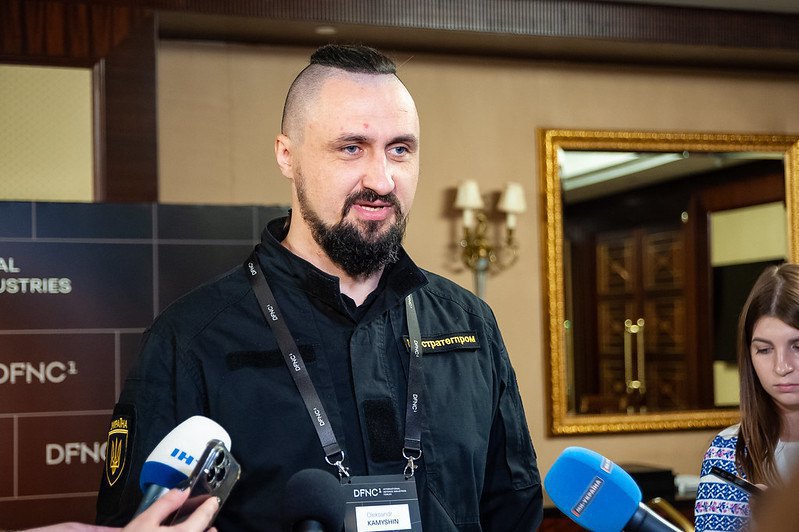
The second and third models – proportional exports and the introduction of an export duty – are more transparent and provide direct financial support to the Defence Forces. However, they also risk excluding smaller manufacturers who may be unable to afford the special contribution or a 20% export duty.
What the frontline needs – and whether it has enough weapons
“Better than in 2022–2023” – this is how participants of the Military Experience: Army Supply and State Arms Procurement panel at the Security Export Forum described the current weapons situation in the Ukrainian Armed Forces.
There are several channels through which weapons reach frontline units:
- centrally, via public procurement and the Logistics Forces Command
- decentralised mechanisms, such as brigade-allocated funds and the eBay programme
- through volunteers and direct cooperation with manufacturers
While the latter four channels allow for choice, centralised procurement often does not. As one participant noted, this approach is characterised by a “take what you’re given” model, which often results in units receiving equipment they do not need.
As a result, the level of provision varies significantly from unit to unit.
“Assessing the dynamics – in 2023 there was virtually nothing; in 2024, something appeared; in 2025, by feel, about 40% [of frontline needs] will definitely be covered. In some areas, 60% is covered, in others 70%, but overall, it’s in that range,” says Andriy Onistrat, Senior Officer of the Unmanned Systems Department at the Land Forces Command.
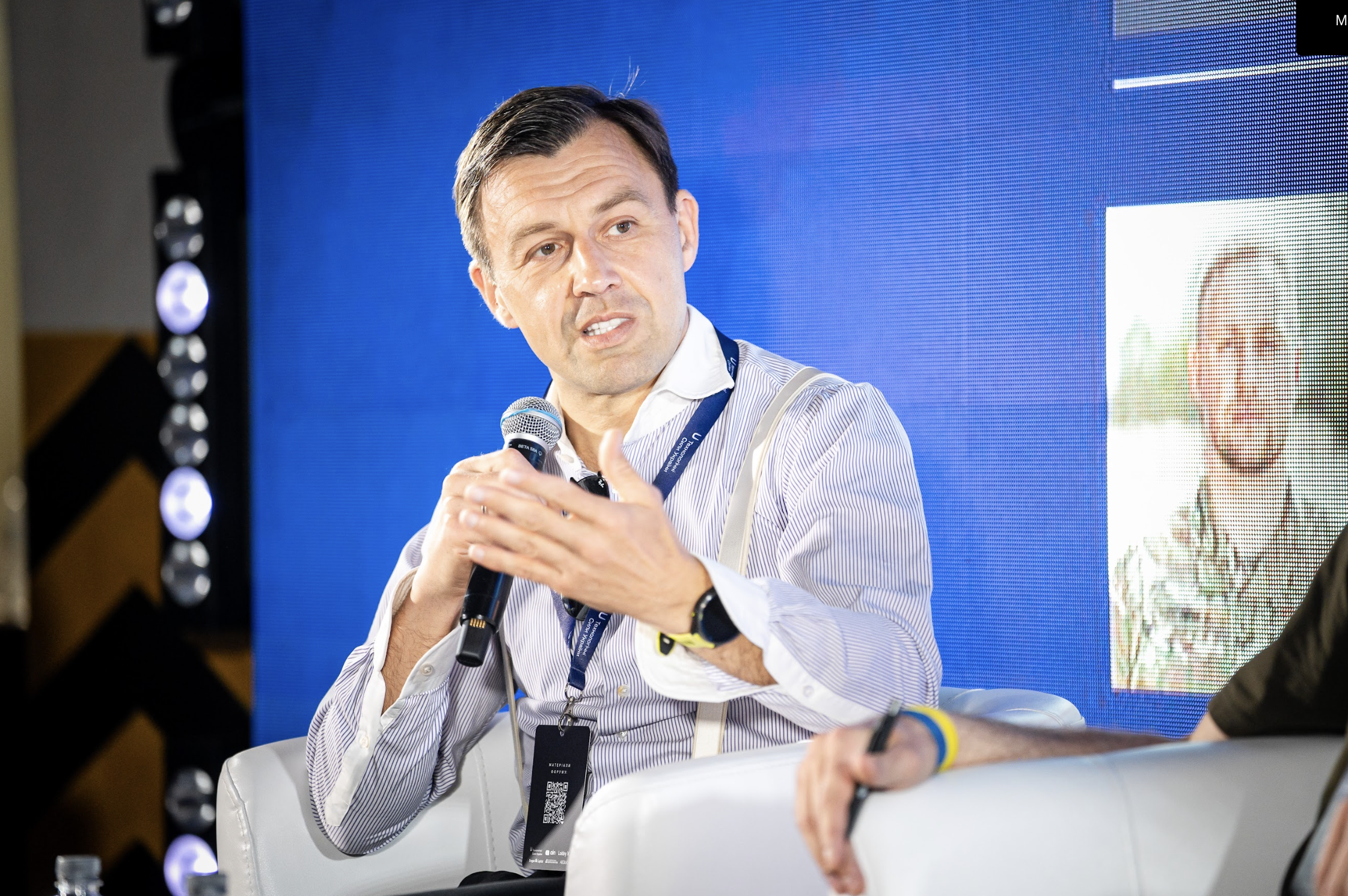
When it comes to drones, availability differs significantly depending on the type.
“If you need an FPV, you ask the Logistics Command what’s allocated to you and take what you need. But now the main tactical-level weapon is the Vampire, and there’s always a shortage of them – so they’re constantly needed. They can be purchased using eBalls.
As for fixed-wing drones – they’re very effective but almost unavailable through centralised procurement. The state’s role in procuring these types of systems remains minimal,” explains Onistrat.
He believes the solution lies in expanding decentralised procurement, allowing individual units to equip themselves according to operational needs. This, in turn, would support better cooperation with manufacturers and reduce shortages.
“I think it would be good if divisions were allowed to place orders directly. And we need planning – planning based on input from both the military and experts,” Onistrat added.
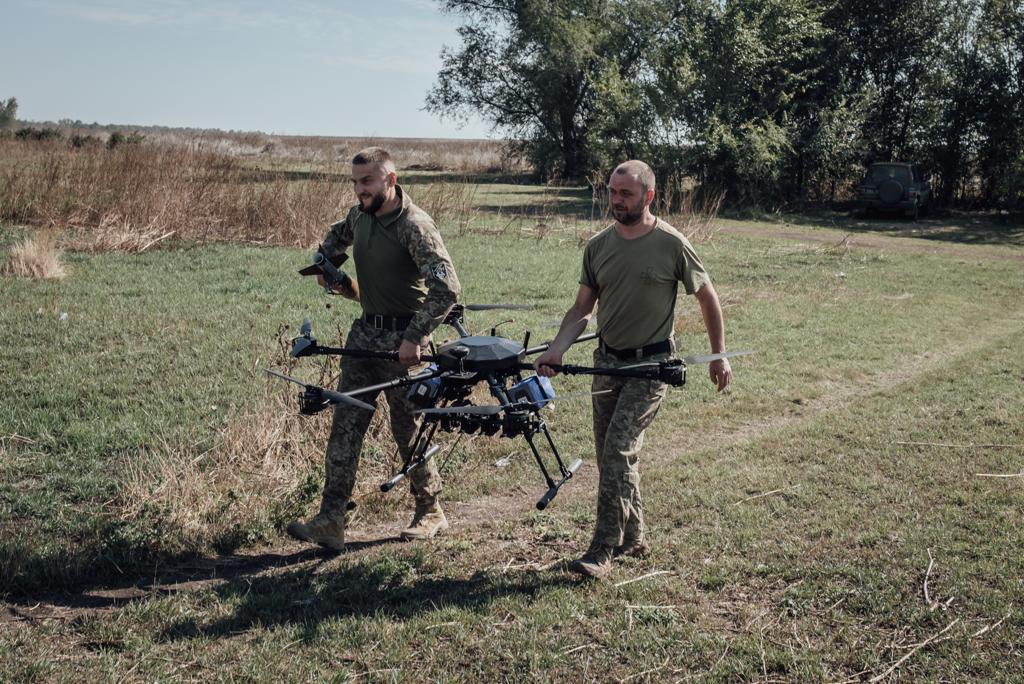
When will defence exports be opened?
Ukraine’s top leadership has been considering the issue of defence exports since September 2024, according to Ihor Fomenko, who told Forbes that a decision could have been made as early as May. Discussions and preparations have been ongoing for several months across various government levels.
These include not only the President’s Office, but also the Ministry of Defence, the State Export Control Service, the Ministry of Strategic Industries, the General Staff, and the Parliamentary Committee on Economic Development.
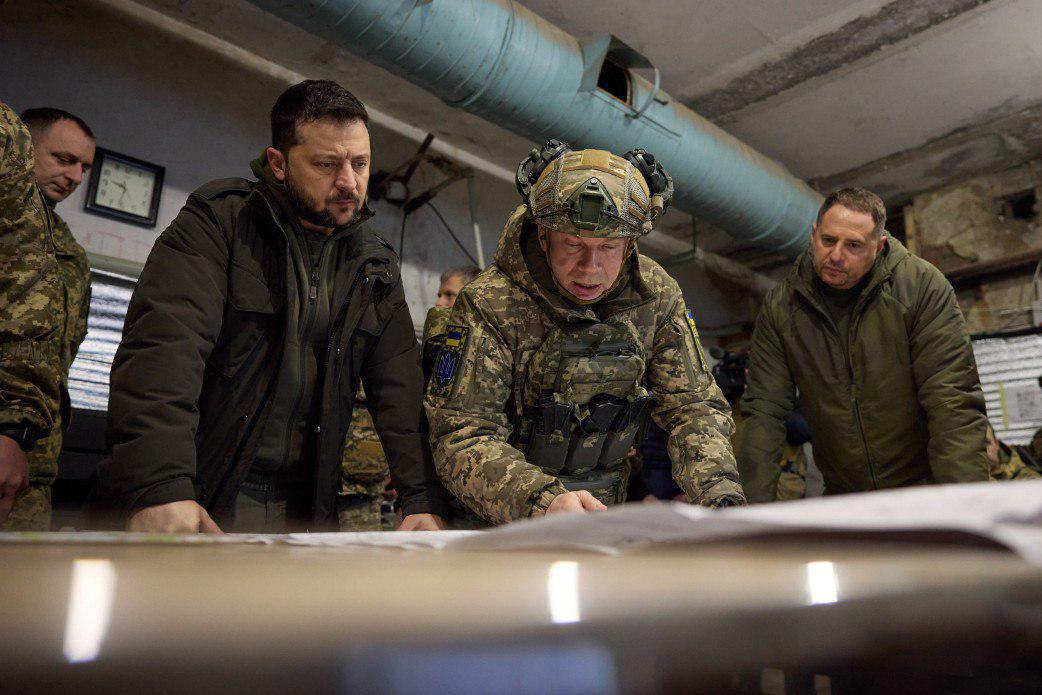
As early as August last year, MP Oleksandr Marikovskyy told Ekonomichna Pravda that a working group had been set up to develop policies regulating arms exports.
“As soon as the working group develops a mechanism that suits both the defence sector and businesses, it will quickly be transformed into legislation,” explained Marikovskyy.
Despite the complexity of the issue and the risks involved, delaying the matter is not advisable, says Yaroslav Azhnyuk, founder of the miltech startups TheFourthLaw and Odd Systems.
In his view, this is “perhaps the most important decision the state apparatus must make today to enhance Ukraine’s defence capability.”
“I am optimistic about the future of Ukrainian defence exports – it will definitely be opened. The question is, how fast? And in the meantime, how much will Russia earn from its arms exports? How much market share will it gain – markets we could have claimed?
How much will our defence industry lose, how much will remain underfunded in terms of innovations that could protect us from current and future threats? How much tax revenue will the state miss out on – revenue that could be used to procure urgently needed equipment?”
In parallel, MPs are planning to simplify the process for Ukrainian manufacturers to participate in international arms exhibitions. However, no timeline or specific requirements for exhibitors have yet been announced.








